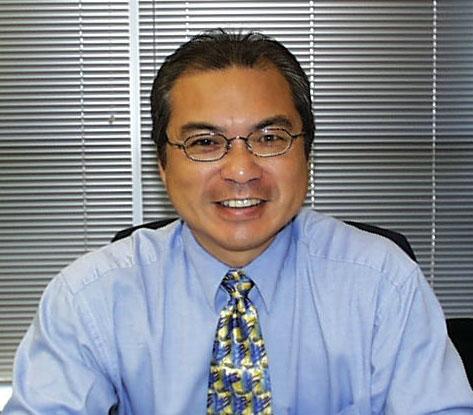Have you heard of Arup Engineering? If not, look up the Sydney Opera House, Arup made that design happen. I don't know if it’s the nature of their business or if it’s their founder that makes Arup one of the most innovative organizations I have been to. To give you a sense of the legacy left behind by Sir Ove Arup, here is an excerpt from his "retirement" speech that is handed to every new employee walking in the door.
"There are two ways of looking at the work you do to earn a living:
One is the way propounded by the late Henry Ford: Work is a necessary evil, but modern technology will reduce it to a minimum. Your life is your leisure lived in your “free” time.
The other is:
To make your work interesting and rewarding, you enjoy both your work and your leisure.
We opt uncompromisingly for the second way.”
Sir Ove Arup’s firm belief was that his company would not make money at any cost. A legacy like that creates a natural culture of sharing and “small company” feel even though Arup is 7,000 employees strong. Its no wonder then that communities of practice thrive at Arup. But don’t get me wrong, its not all “huggy-kissy,” its still pure business. They are a highly matrixed organization just like many others today but their communities break down communication barriers and create an environment for sharing.
One of the keys to Arup’s success with communities is not just its culture but the recognition of several roles that have to exist within a community in order for it to thrive. In most organizations you will find a community leader/administrator, members, and subject matter experts. Other peripheral roles such as content manager or librarian will crop in and out as the community needs it. At Arup, roles such as political champion, activist, and technology leader also exist to ensure that the community has the support it needs to function.
An example of innovation is one of “Fire Engineering.” How many organizations can say they influenced the creation of a whole new field of engineering. Arup can. And that too with one person. One engineer who found it very important to study the “fire load” on structures pushed Arup to create a practice in that area. The idea is that buildings should be tested for fire load just as they are tested for structural load. Fire Engineering is a new discipline being taught in universities today.
Wednesday, March 23, 2005
Subscribe to:
Post Comments (Atom)

No comments:
Post a Comment